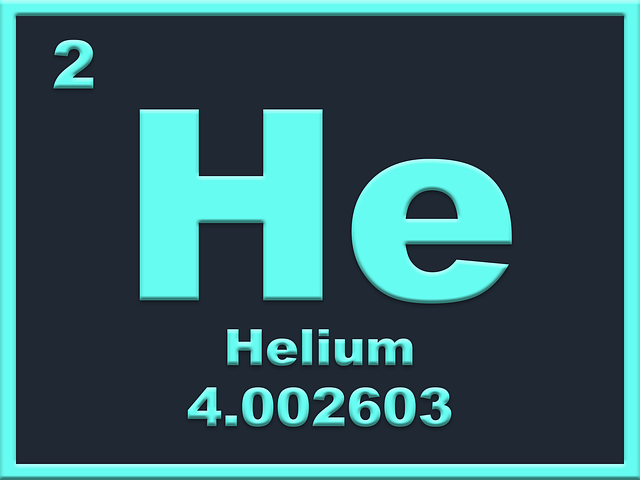Blood Urea Nitrogen (BUN) is a medical test used to determine the amount of urea nitrogen in the blood. Urea is produced through the Urea cycle by the liver as a byproduct. The digestion of Protein producing Urea as a waste product. The normal range of blood urea nitrogen is 6-20 mg/dL. The main cause of high Urea nitrogen in the blood is a high protein diet, kidney failure, athletic activity or maybe due to increased catabolism.
How much nitrogen is in the air?
Nitrogen in the air is found as a diatomic molecule. It makes 78.1% of the entire volume of the atmosphere. It is the purest element on Earth In the form of N2. This is because of the non-reactive nature of the diatomic Nitrogen molecule. Despite its abundance in the atmosphere, it is very rare in the Earth's crust.
What is the nitrogen cycle?
It is a biogeochemical process in which Nitrogen converts into multiple chemical forms and circulate through different systems like terrestrial, atmosphere and different ecosystems. The conversion of nitrogen into different derivatives is through different physical and biological processes. These processes are fixation, ammonification and nitrification and then denitrification.
The first step in the Nitrogen cycle is Nitrogen fixation. The nitrogen-fixing bacteria converts the atmospheric Nitrogen into ammonia, nitrites and nitrates. Plants absorb these compounds through a process called assimilation. These plants either die or animals eat it which converts into ammonia through the process of decomposition. Ammonium (NH^4) produced by fungi and bacteria through ammonification. This converts into Nitrates through a process called Nitrification. These nitrates convert back to Nitrogen gas through Denitrification. Thus completing a cyclic pathway called the Nitrogen cycle.
The nitrogen cycle also occurs in Marine systems.
Atmospheric Nitrogen------> Nitrogen Fixation------> Nitrogen assimilation------>Ammonification------> Nitrification------> Denitrification.





